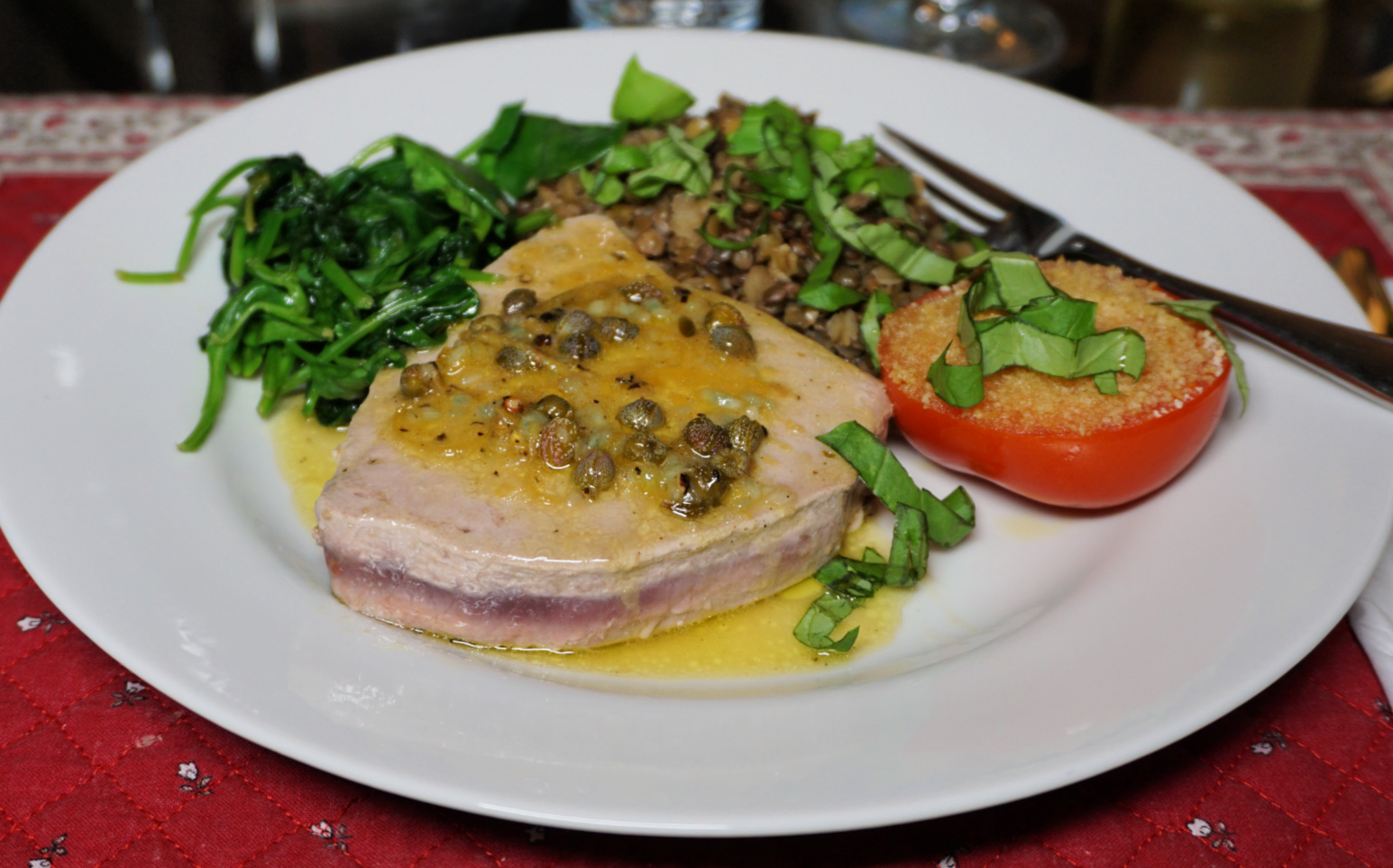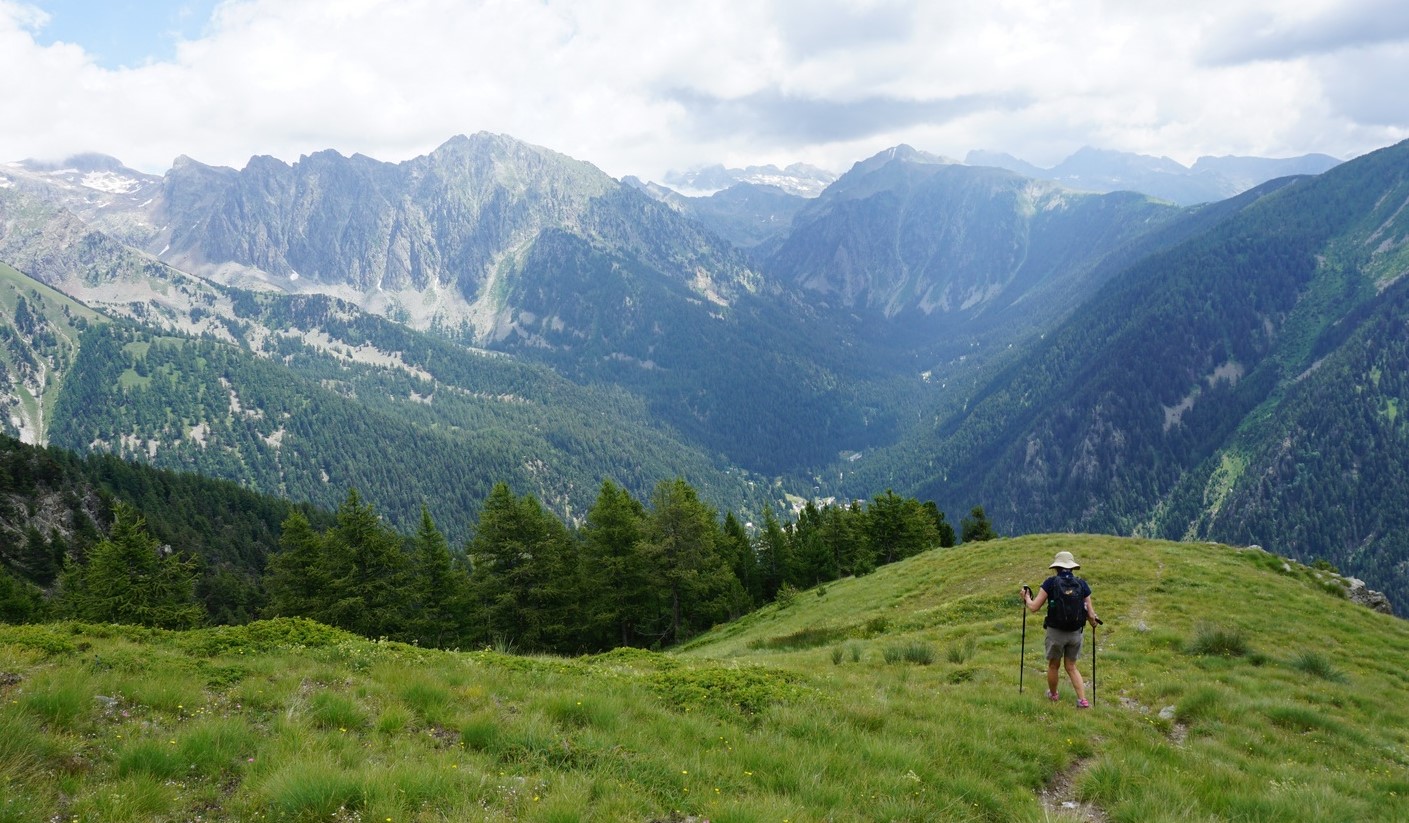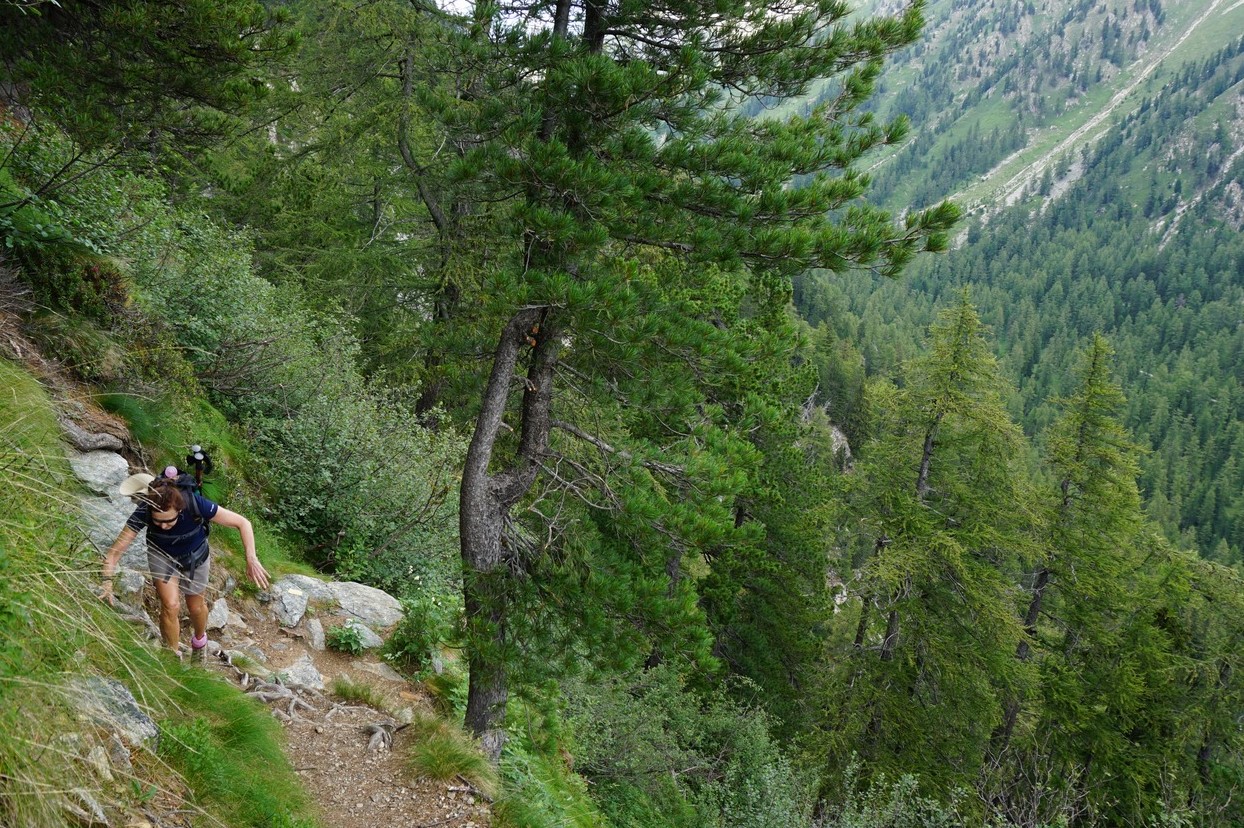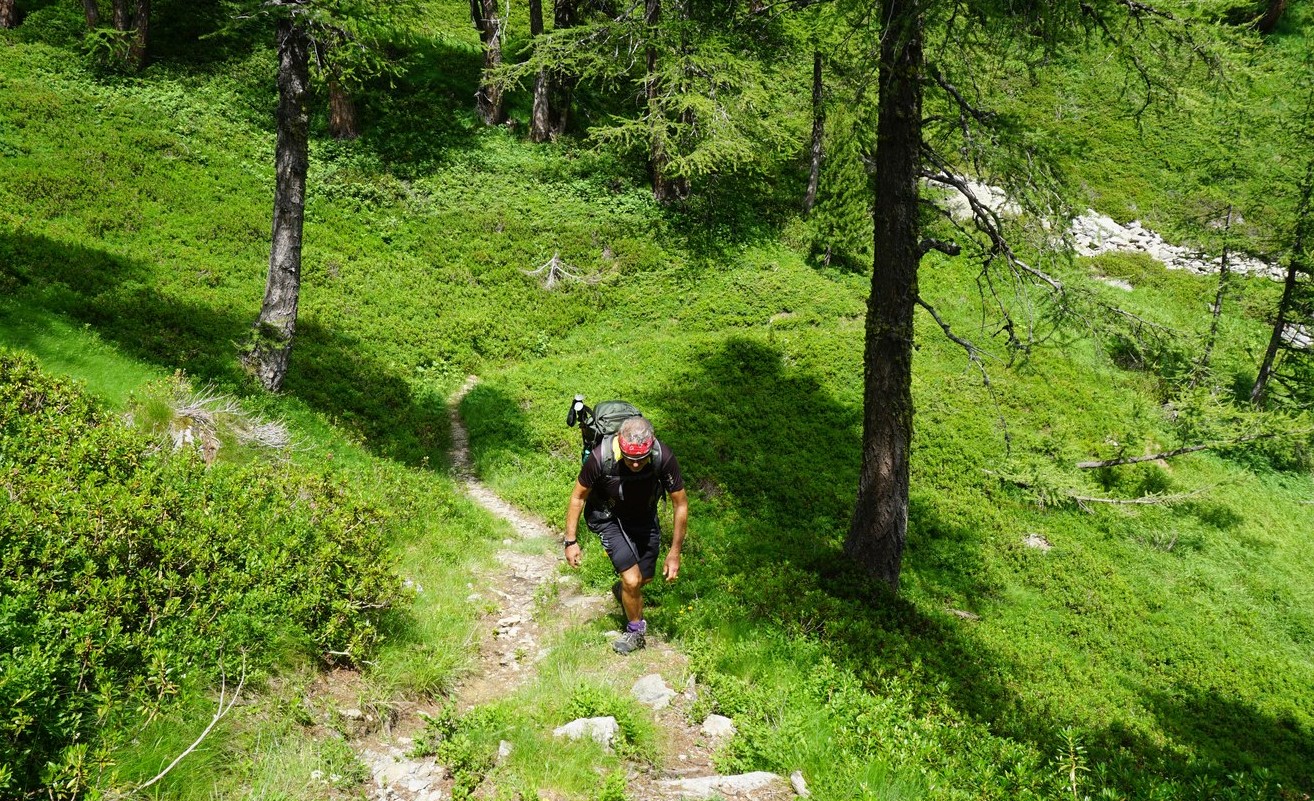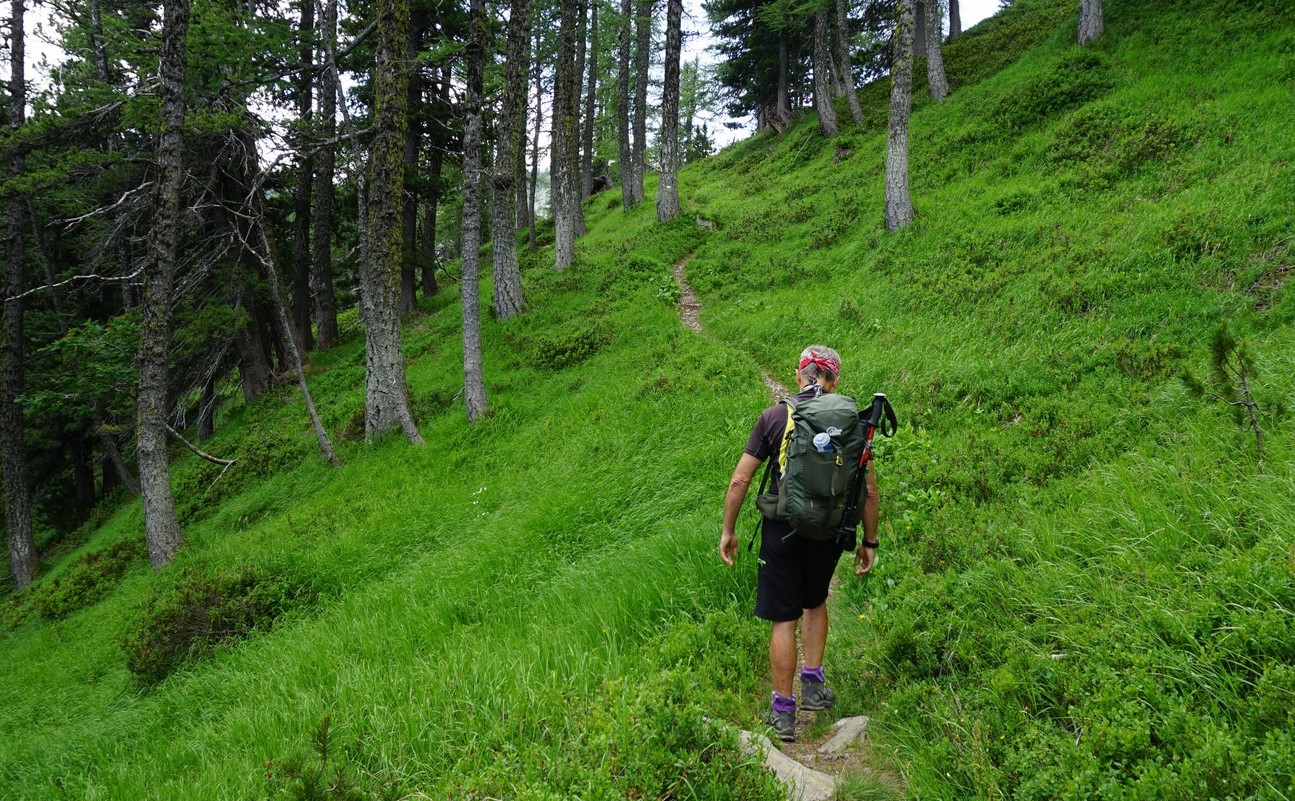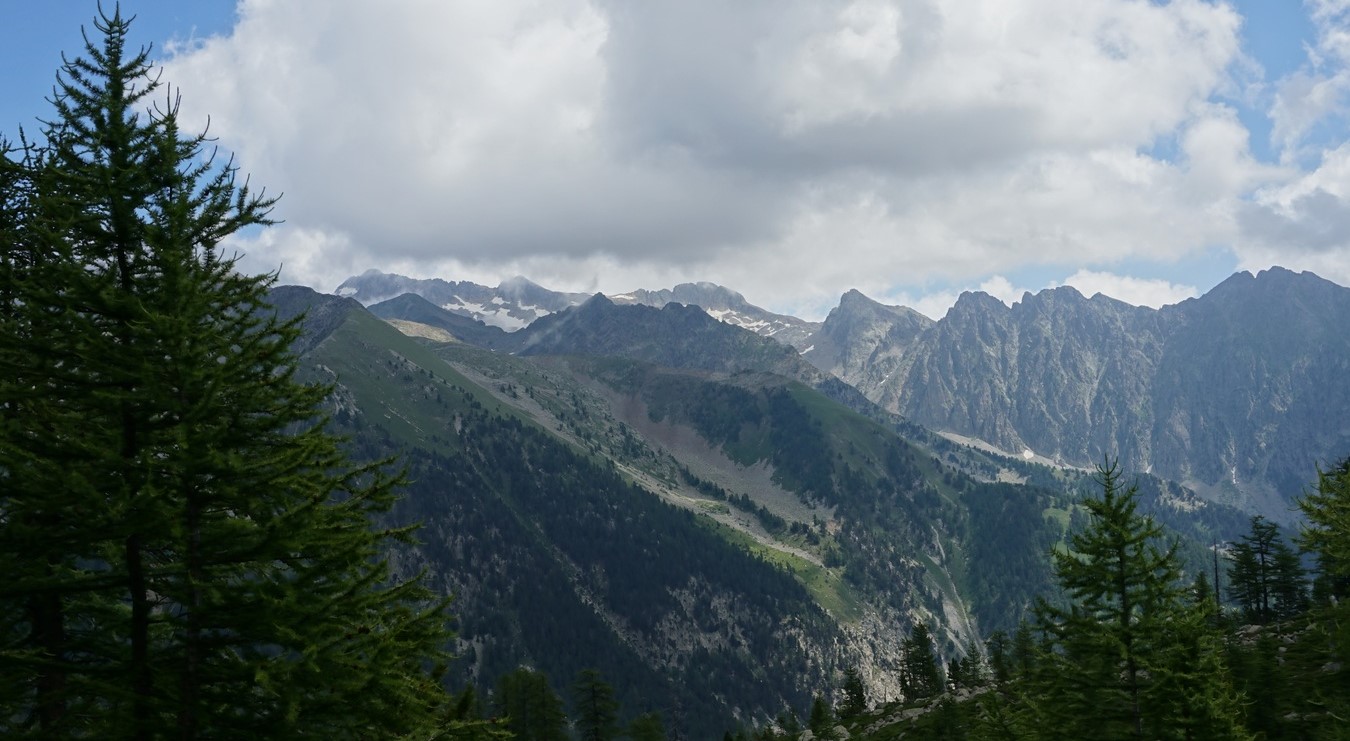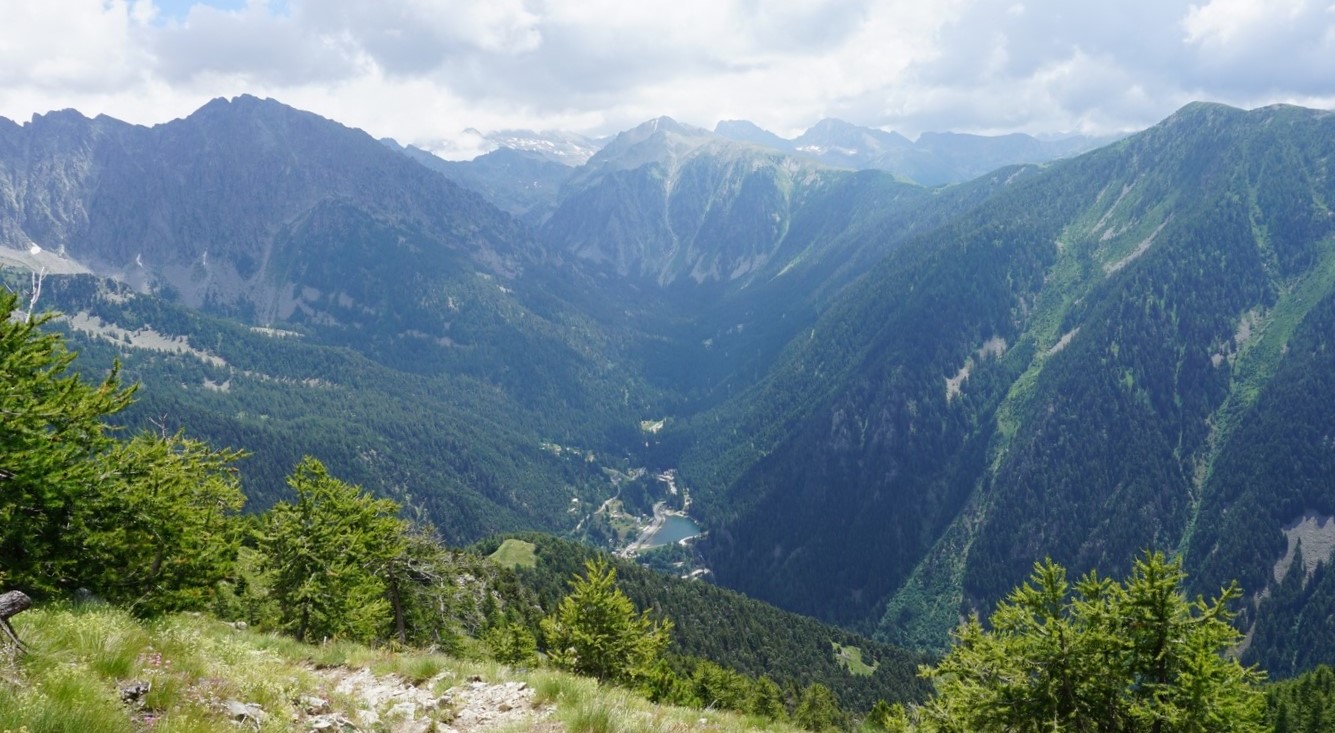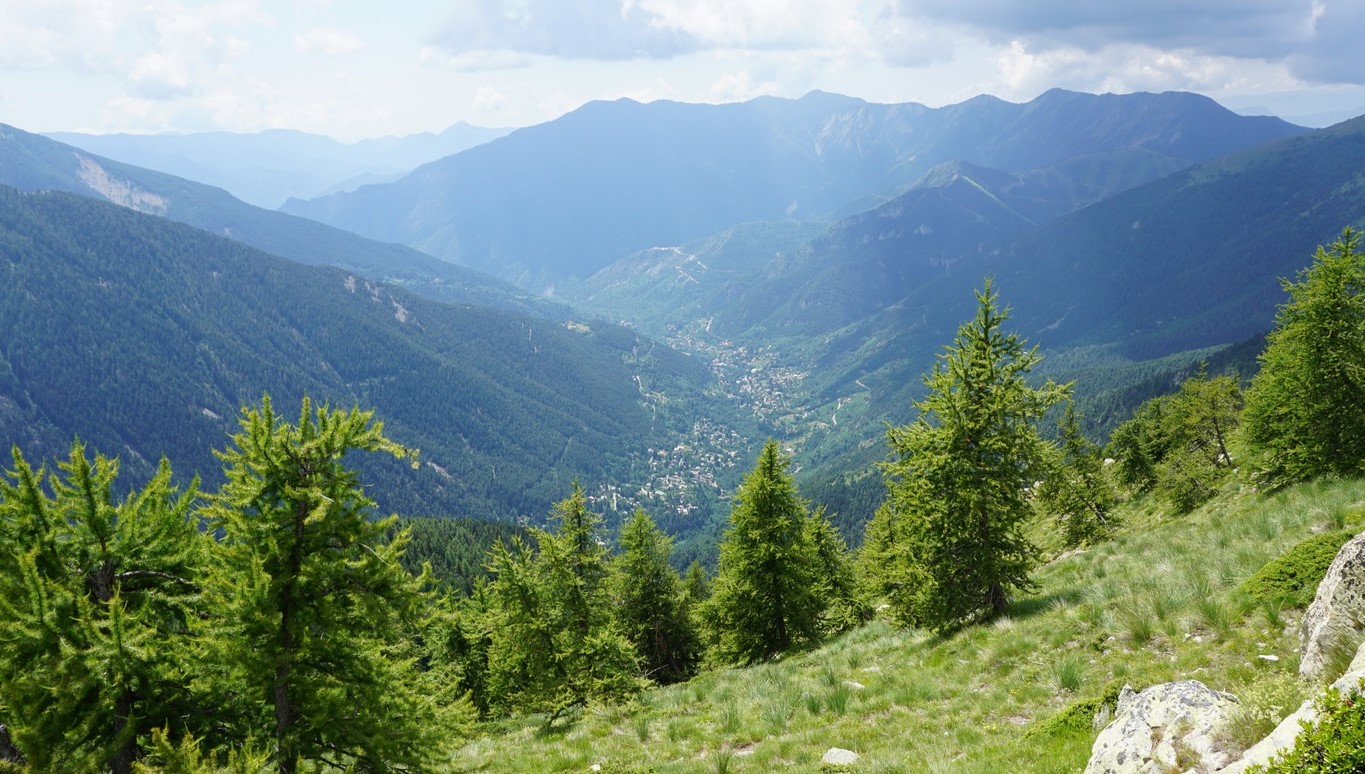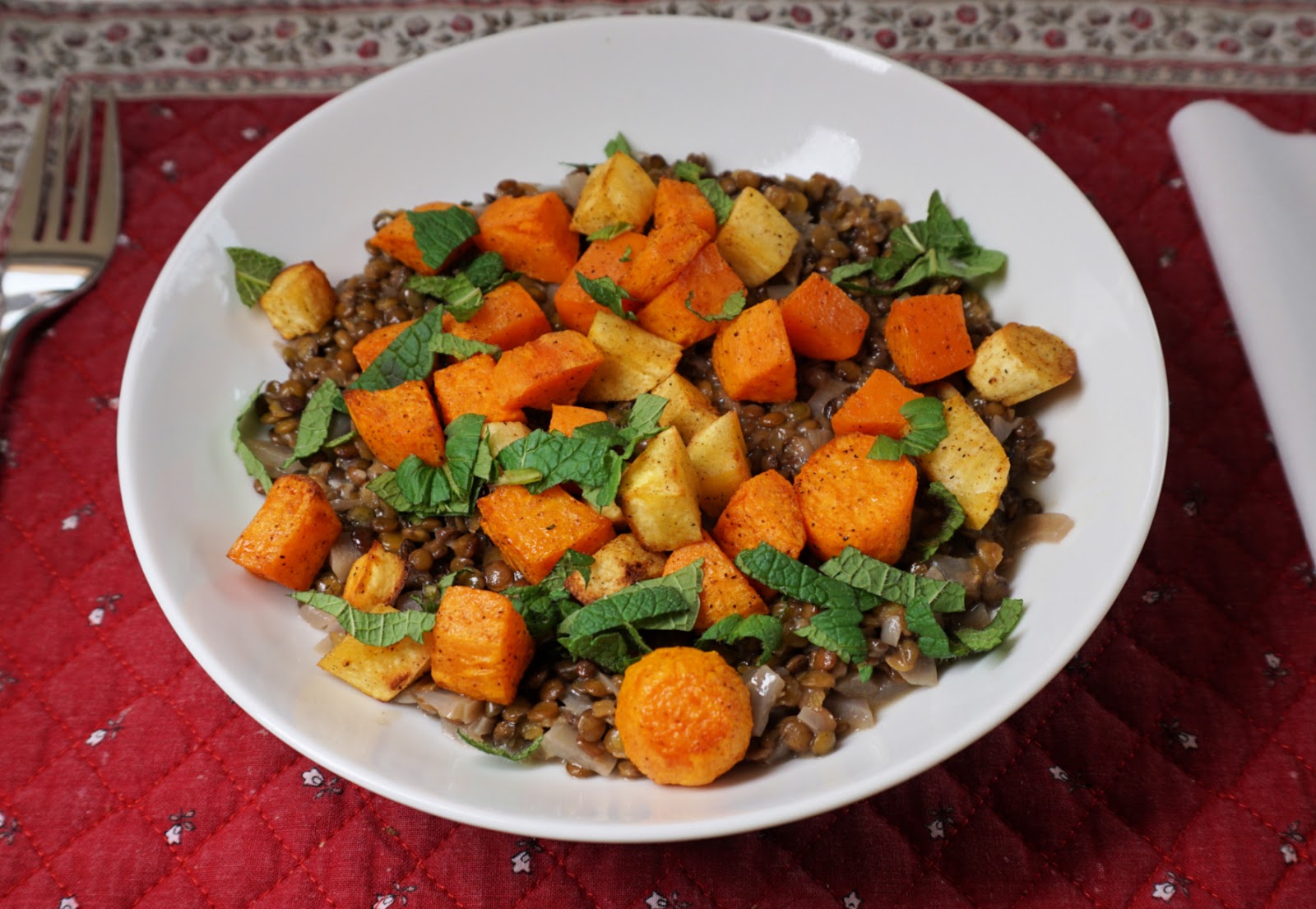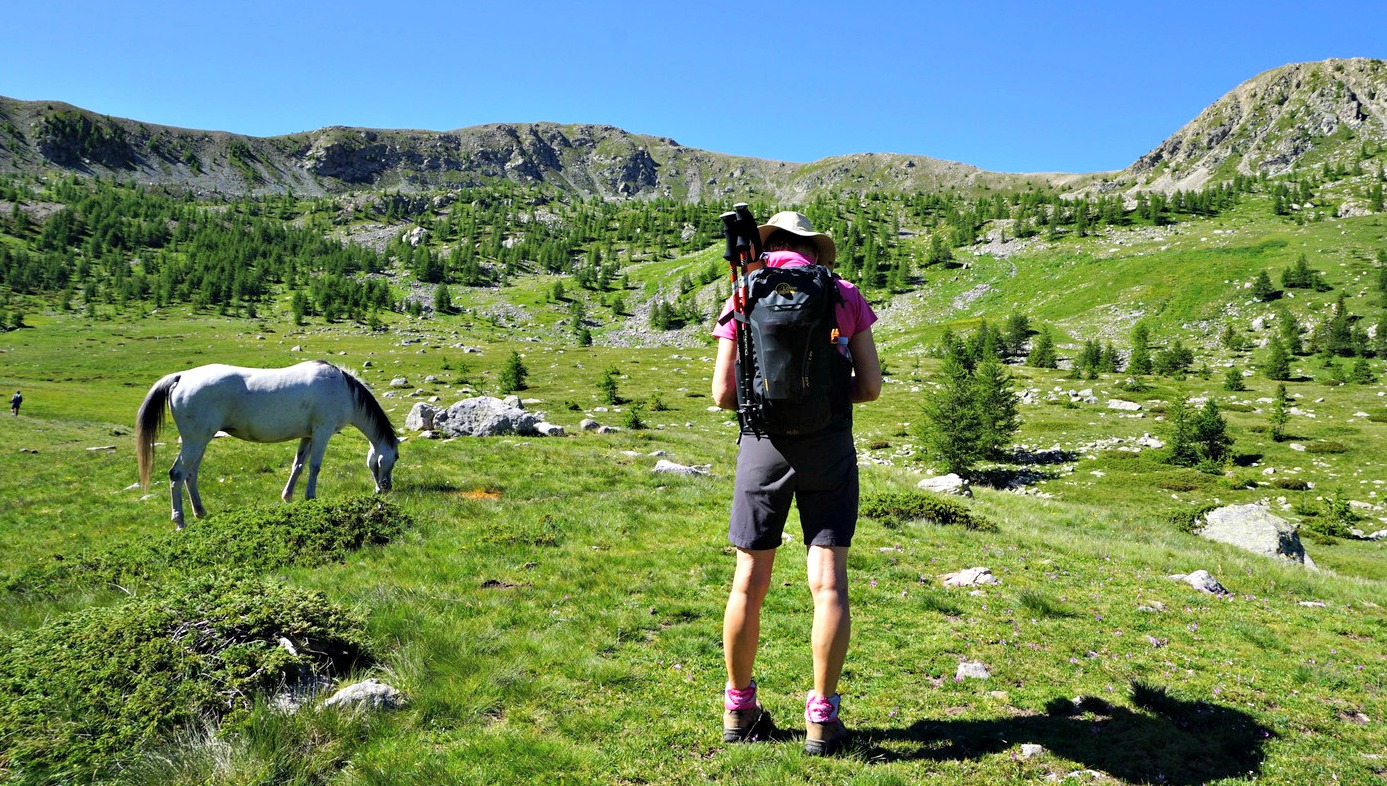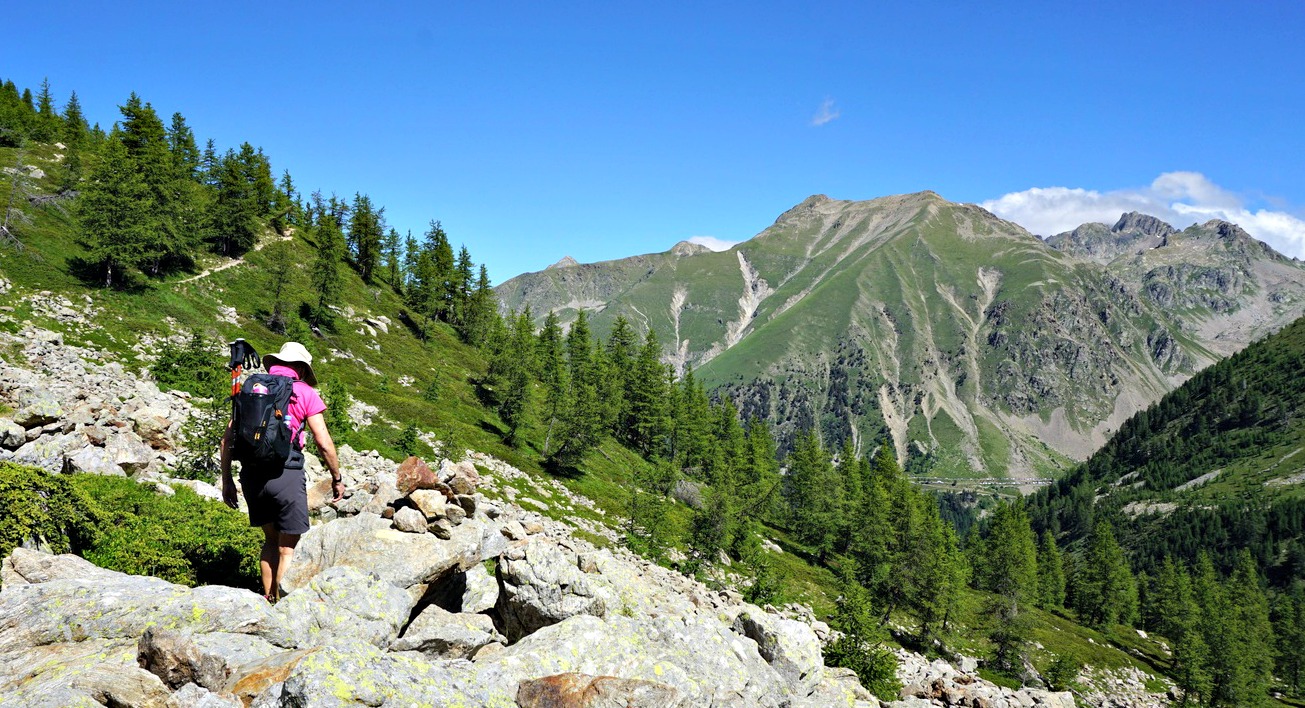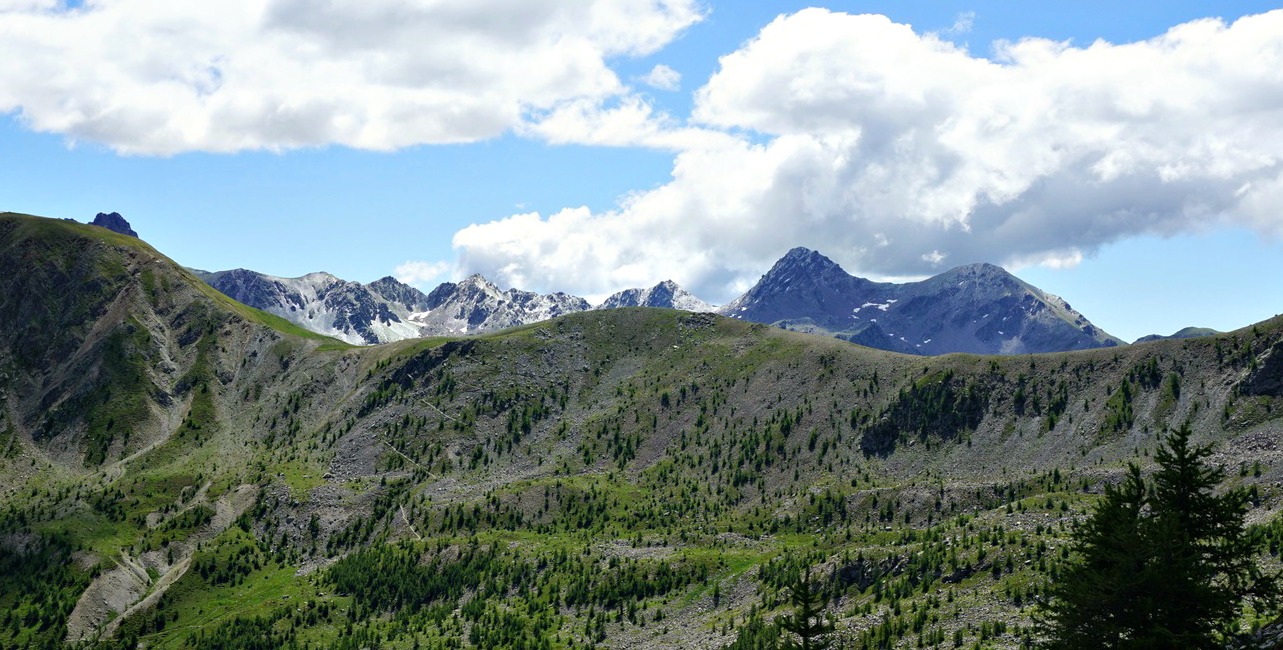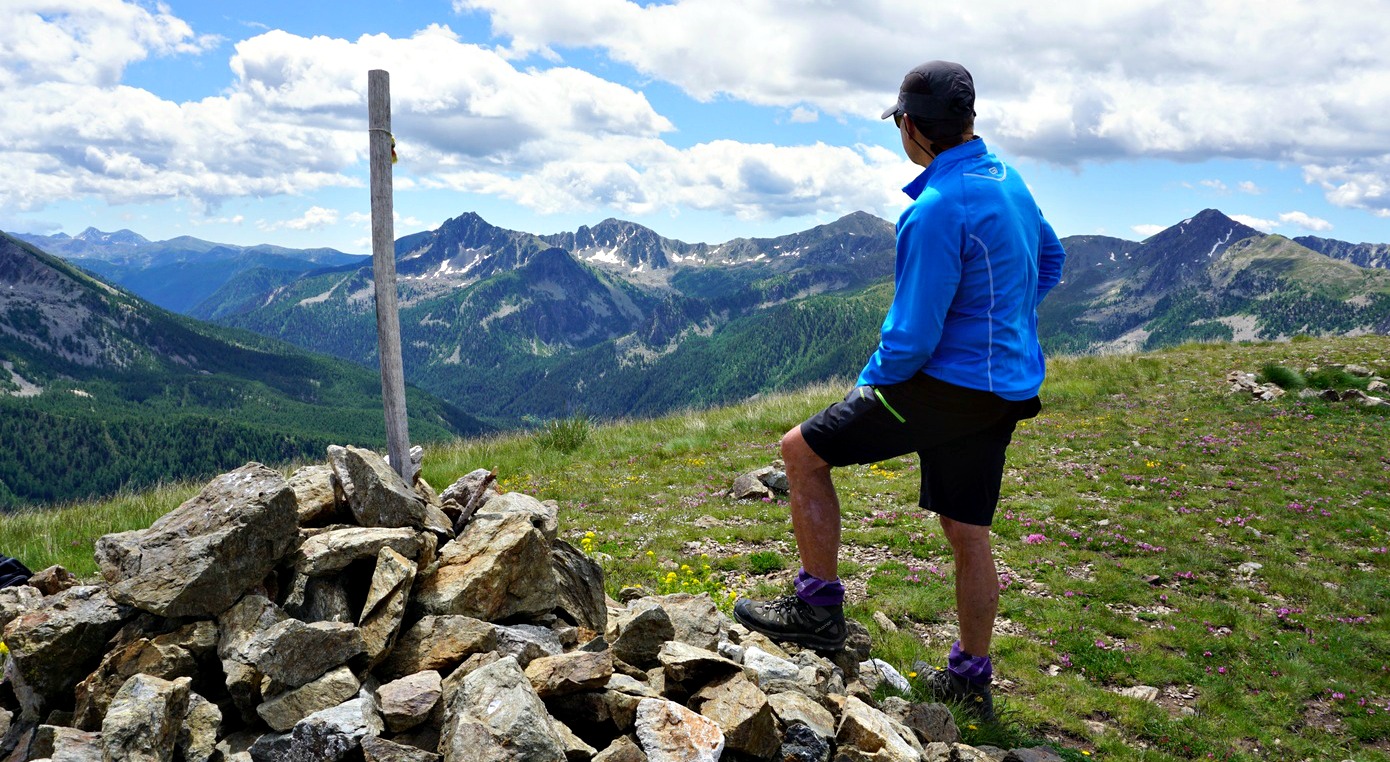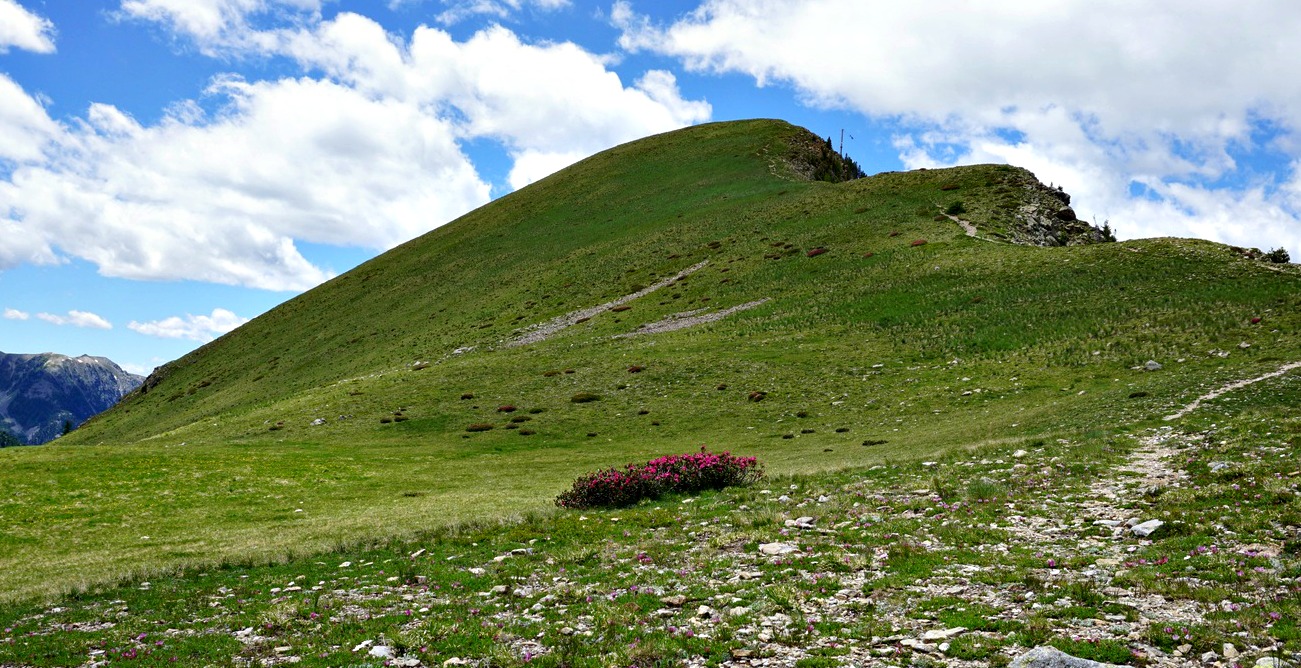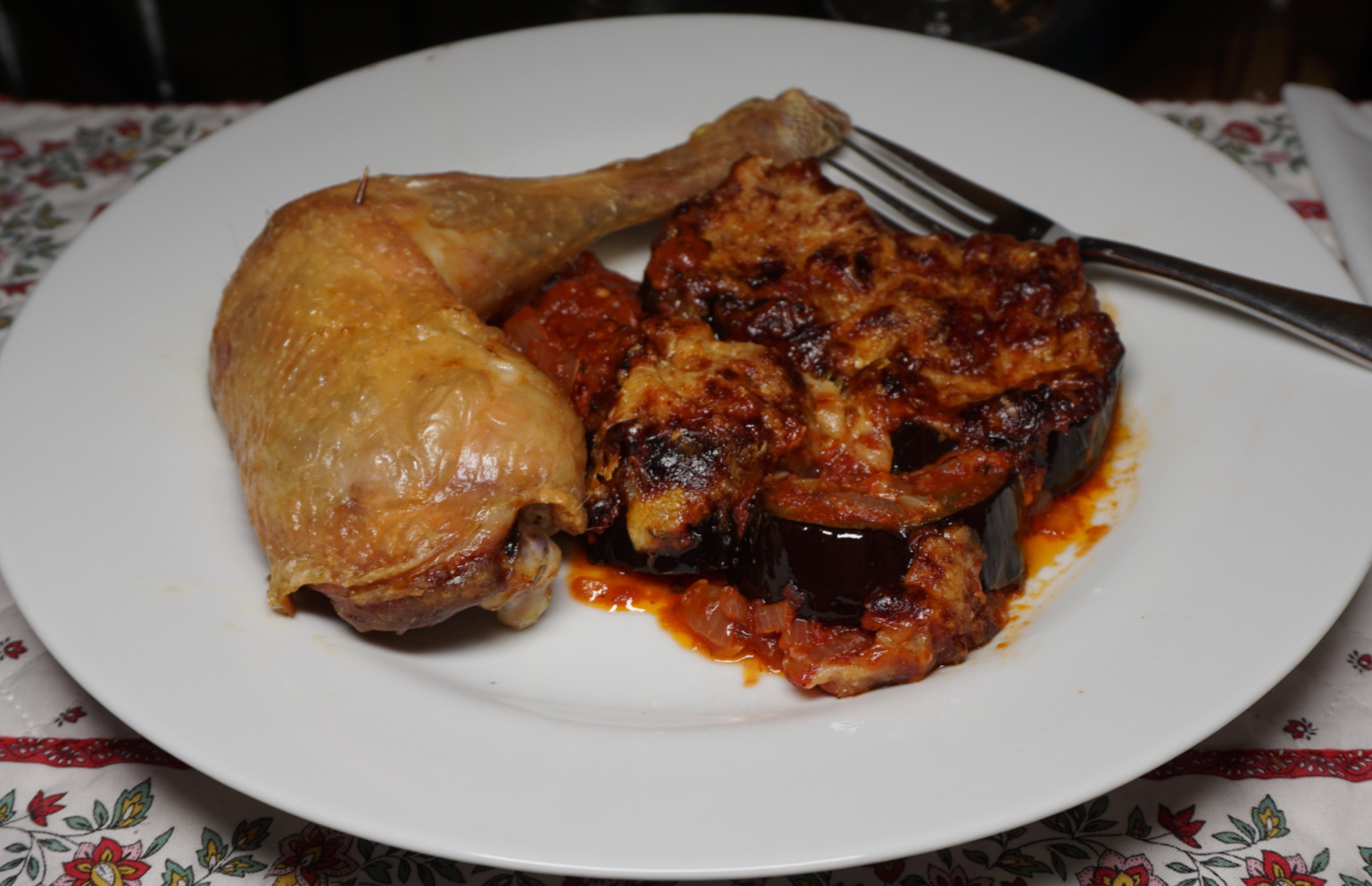Thon mi-cuit with capers and lemon sauce
Thon mi- cuit, half-cooked tuna, is an excellent way to prepare fresh tuna steaks. Tuna steaks are cooked in the same way as you would tender steaks; to medium rare perfection. The steaks are cooked on the outside but left pink, even red, on the inside.
The cooking time depends on the thickness of the steaks. The tuna steaks we normally get here in Nice are about 2 cm thick so about 1,5 minutes, or even a bit less, cooking on each side over medium heat is long enough. Watch the steaks while sautéing them so as not to overcook.
Reduced lemon- caper sauce goes well on top of the steaks. In the photo, the tuna steaks are served with lentils, roasted tomatoes, and wilted spinach but feel free to choose the vegetables as you wish.
2 servings
2 fresh tuna steaks
1 organic lemon, juice and zest
Olive oil
2 tsp. capers
1 clove garlic, minced
Freshly ground black pepper
For the vegetables:
100 ml blond lentils or lentil mix
Water
A bag of baby spinach leaves
1 tomato
About 2 tbsp. bread crumbs
Chopped fresh basil
Start by cooking the lentils which takes about 20 minutes.
In a steel frying pan, warm 2 tbsp. olive oil over medium heat and sauté the tuna steaks about 1,5 minutes on each side. Transfer to a plate and cover to keep warm.
Add 1 tbsp. olive oil to the pan and sauté the garlic about 1- 2 minutes. Add the lemon juice, lemon zest, capers, and black pepper. Turn the heat a bit higher and let reduce somewhat.
Meanwhile roast the tomato halves and wilt the spinach.
Divide the lentils, tuna steaks, tomato halves, and spinach on the plates. Pour the lemon- caper sauce over the tuna and decorate with chopped basil.


